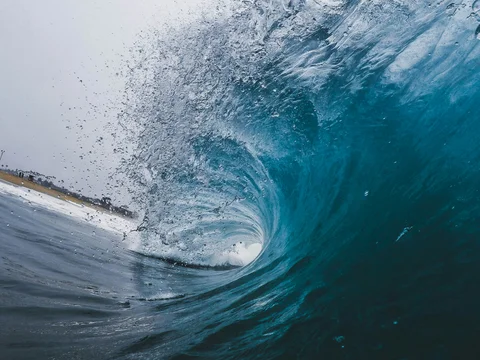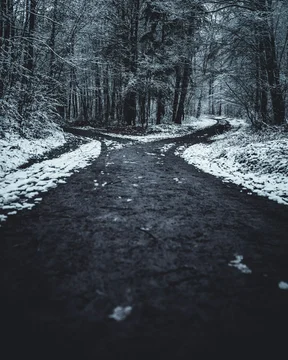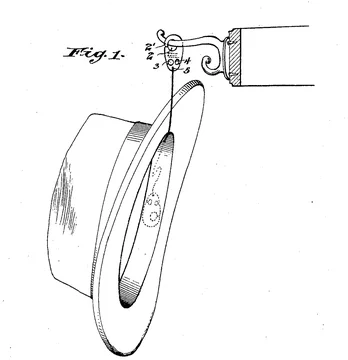
Judge Stark issued an oral order yesterday addressing a motion in limine in Otsuka Pharmaceutical Co., Ltd. v. Zenara Pharma Private Ltd., C.A. No. 19-1938-LPS (D. Del.).
According to the briefing, plaintiff sought to exclude two exhibits that were dated after the priority date of the patent.
The first was a 2005 "review article" published just months after the priority date. According to defendants' brief, "does not present original data" and instead "discusses the information known in the art before the priority date."
The second exhibit was published in 2021 and includes a "history of research and development." According to defendants, their expert used it in a motivation to combine analysis:
Dr. Rothschild referred to Kikuchi 2021 to show that (1) the Otsuka employees’ motivation at the time of the alleged invention (i.e. during the “histories” discussed in Kikuchi 2021) was no different from those a POSA would have, and (2) such motivation, be it from an inventor or a POSA, would be based on “clinical data and feedback from psychiatrists” available at the time of the alleged invention.
D.I. 579-1 at 104.
The Court denied the motion, allowing defendant to refer to both references:
ORAL ORDER: . . . IT IS HEREBY ORDERED that Plaintiffs' motion is DENIED. Even non-prior art documents may, under certain circumstances, be probative of issues relating to obviousness, including the state of the art, selection of a lead compound, and motivation to combine, particularly to the extent the documents show what was known at the time of the alleged invention.
The Court held that the evidence is more probative than prejudicial under FRE 403, although it precluded defendant from using the references as a basis for invalidity of any element of the claims:
As the Court will be presiding over a bench trial - and one in which time limits are imposed - and for the additional reasons also set out in this Order, the risks addressed in Federal Rule of Evidence 403 do not substantially outweigh the probative value of the challenged evidence. . . . Defendants will not be permitted to rely on the two references (Kinghorn 2005 and Kikuchi 2021) as the basis for the Court to find a prior art disclosure of any element of a claim alleged to be invalid as obvious (nor does it appear Defendants intend to do so). The Court is also not persuaded that 35 U.S.C. Section 103 requires the exclusion of Kikuchi 2021 based on it reflecting the thought process of the inventors (though the Court agrees it cannot invalidate any patent claim based on the inventor's own path).
D.I. 580.
Notably, the parties did not raise any hearsay issues here. If the defendant is offering these after-the-fact exhibits to prove the knowledge of those skilled in the art at the time of filing, they are going to have to fall into a hearsay exception (and I imagine they may involve multiple levels of hearsay).
If you enjoyed this post, consider subscribing to receive free e-mail updates about new posts.





